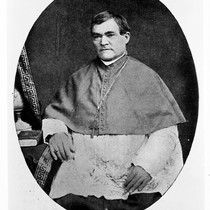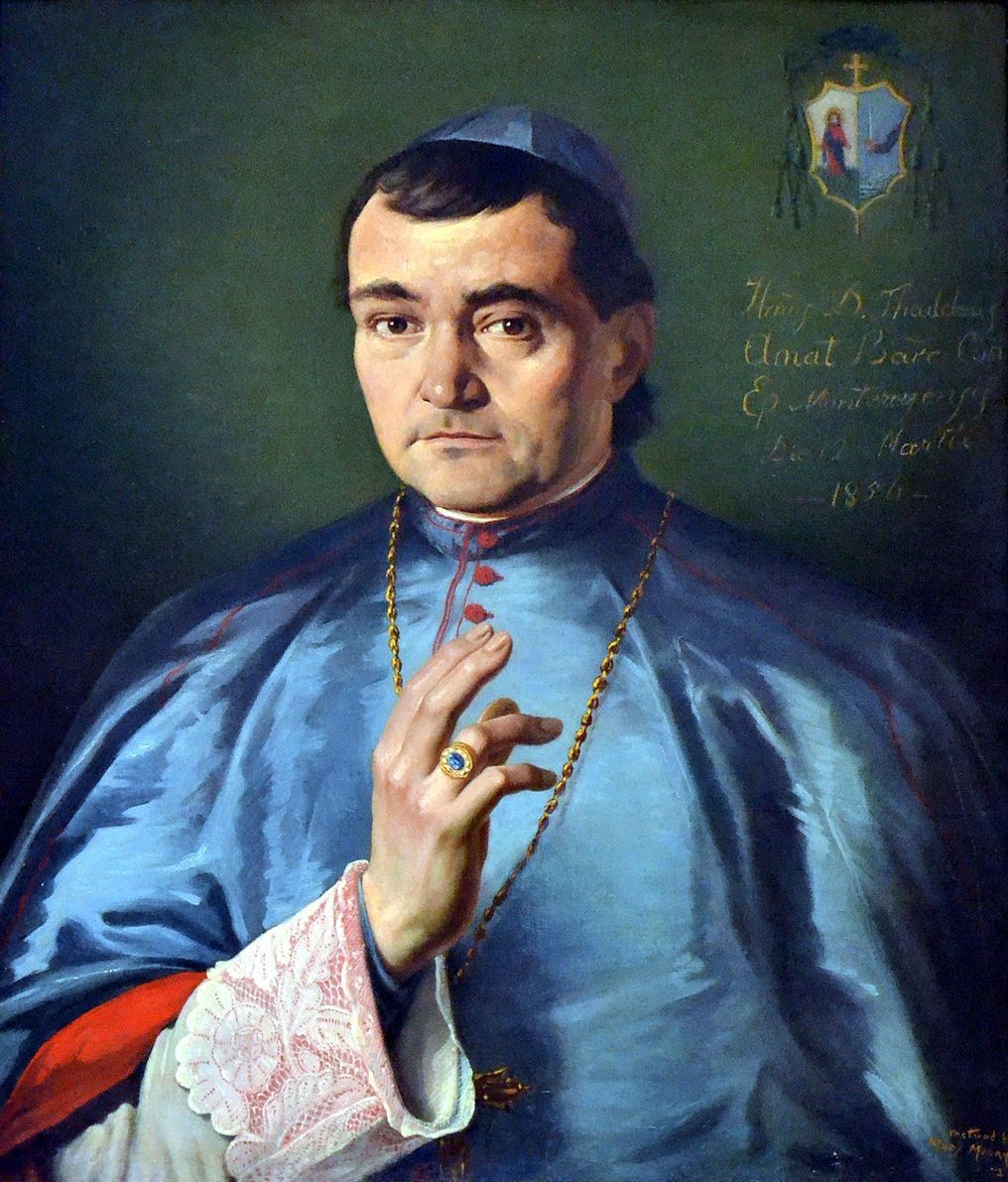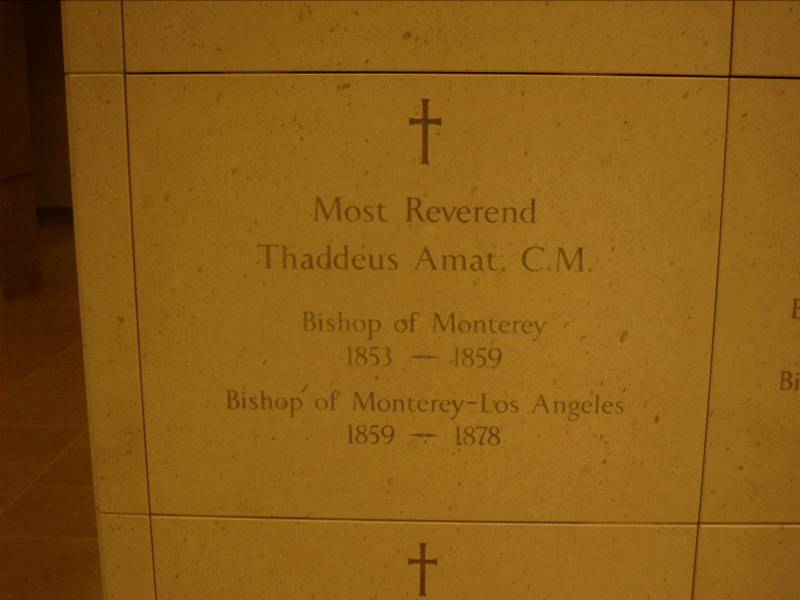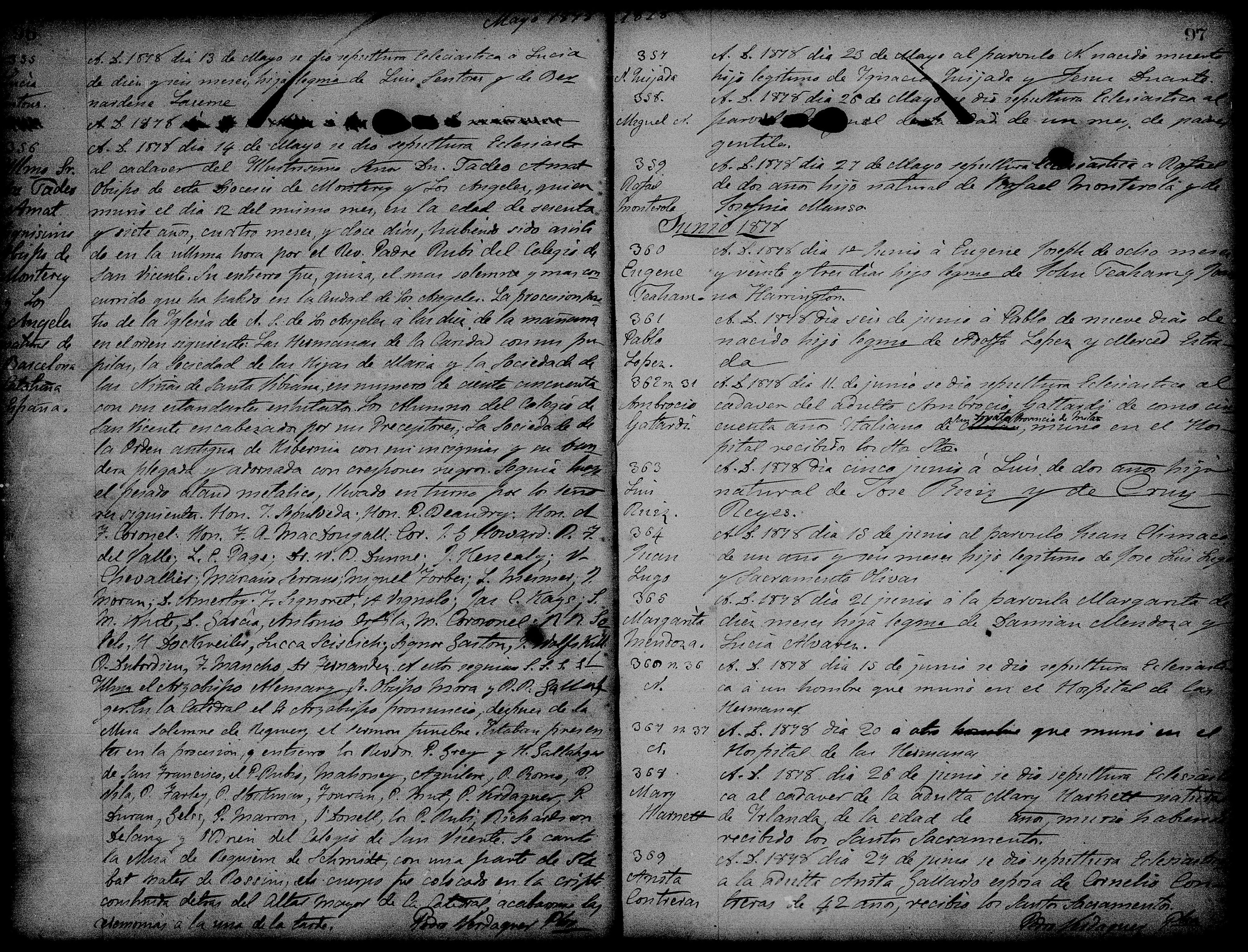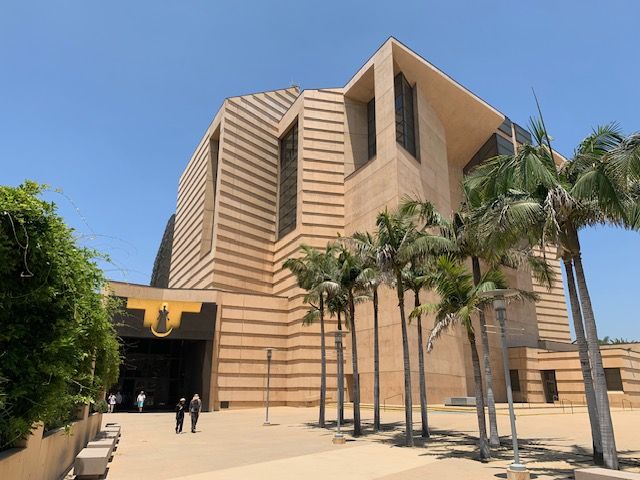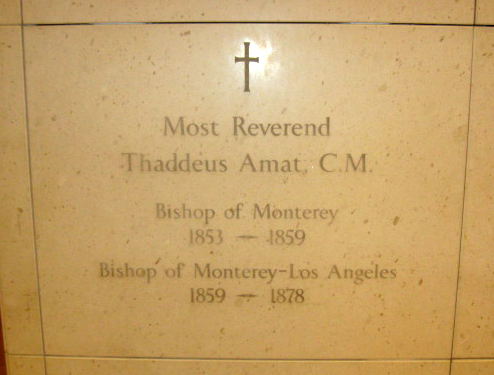Bio by: Paul S.
Bishop Thaddeus Amat
- Birth
-
Barcelona, Provincia de Barcelona, Cataluna, Spain
- Death
- 12 May 1878 (aged 67)
Los Angeles, Los Angeles County, California, USA
- Burial
-
Los Angeles, Los Angeles County, California, USA Add to Map
- Plot
- Bishop's crypt
- Memorial ID
- 6844644 View Source
- Created by: Kevin Mannara
- Added: Oct 10, 2002
- Find a Grave Memorial ID:
- Sponsored by Daniel H. Disney
-
Find a Grave, database and images (https://www.findagrave.com/memorial/6844644/thaddeus-amat: accessed ), memorial page for Bishop Thaddeus Amat (31 Dec 1810–12 May 1878), Find a Grave Memorial ID 6844644, citing Cathedral of Our Lady of the Angels, Los Angeles, Los Angeles County, California, USA; Maintained by Kevin Mannara (contributor 26198868).
